Mark’s Score 8.6
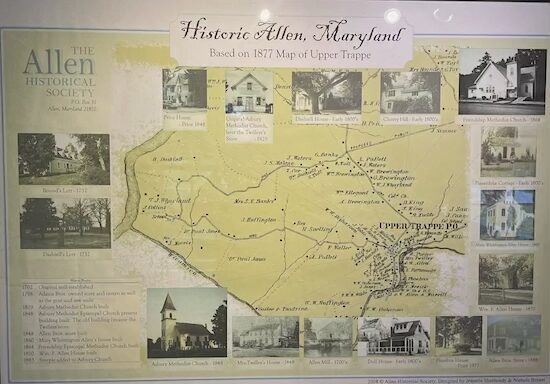
Allen is the Rodney Dangerfield of Wicomico towns. It gets no respect, a good many people do not even know it exists. That is a shame because Allen is a charming country village, surrounded by some of the prettiest farmland that you will find in this part of the world. It is also one of the oldest towns on the Eastern Shore, having been settled in 1702 (something I learned at the museum). Part of Allen’s problem is you can pass right through it without realizing you have driven through a village at all, it is that small.

Though the village is old, the historical society is relatively young, having only been organized in 1995 with the mission to enhance the history and culture of Allen, and to provide educational resources for residents and non-residents. They fulfill their mission primarily by maintaining the museum, which is open the first weekend of each month, and by holding special educational events.
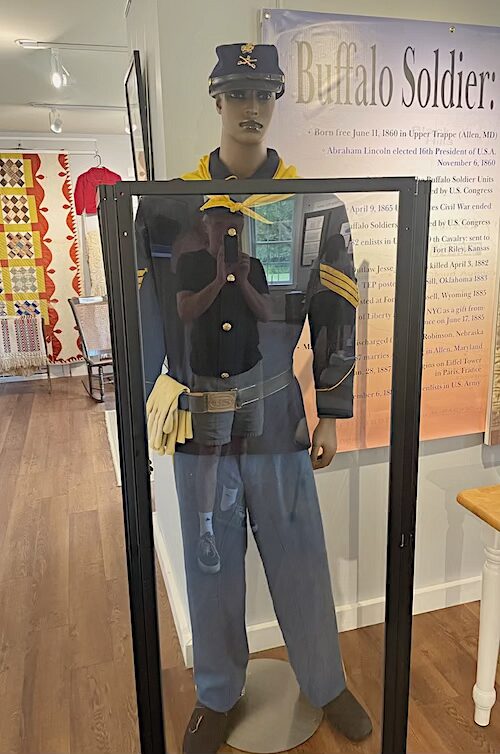
Fortunately, I was travelling through town on a weekend when they were open, so I stopped for a visit. The museum is located in the Huffington-Pollitt House which was built in 1883. The house had been in the Huffington-Pollitt family for many years and was nearly destroyed by a fire in 2007. The building was going to be torn down when the historical society purchased it and turned it into a museum.
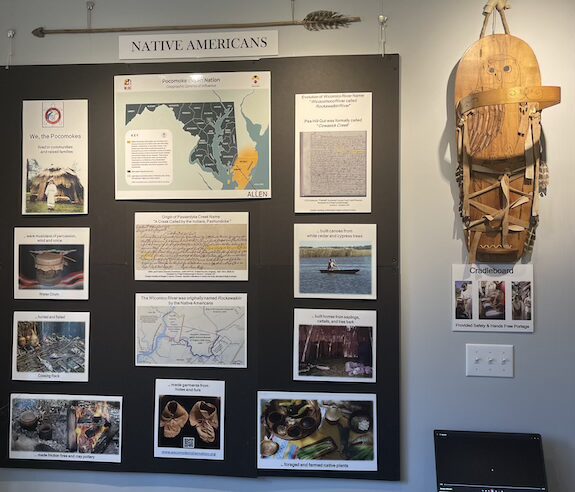
Small town museums are one of my great pleasures. They are quirky, they are sometimes full of the mundane, they sometimes go to great lengths to highlight trivialities. But all of them have one thing in common, they tell you about people and events that reflect their past and culture. I go to these museums because I learn a great deal about the place I am visiting, and isn’t that the point of travel?
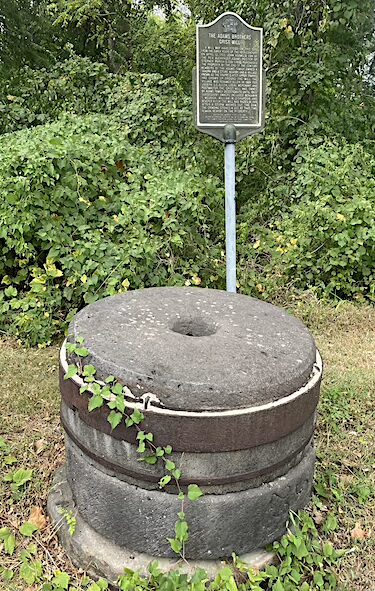
So, what did I learn about Allen? Allen used to be called Upper Trappe until the US Postal Service grew tired of the multiple towns named Trappe on the Eastern Shore. The postmaster in Upper Trappe at the time was named Allen, so the postal service named the town after the postmaster. The pond at the corner of Coltman and Allen Roads is a manmade pond built to power a grist mill that once stood at that location. The grist mill dates back to the early 1700s. Though the mill is long since gone, you can still find an original grist stone located on the east side of the bridge crossing the stream. Allen also had a role to play in the saga of the “Buffalo Soldiers.” I learned that pirates roamed local waters throughout the 17th and 18th centuries.
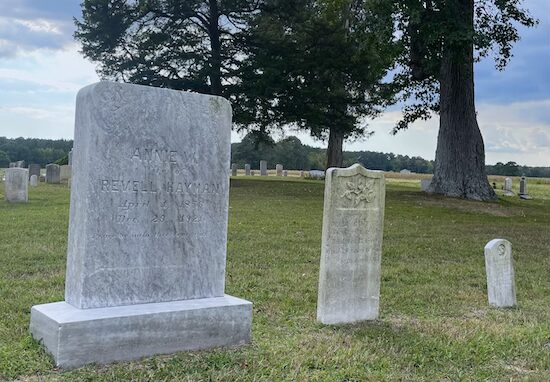
Small town museums don’t teach you about the great figures who impacted the nation and the world. But they do teach you about the local figures who shaped the communities in which we live our lives. They give historical context to our communities, and that is why they are so important.

Leave a Reply